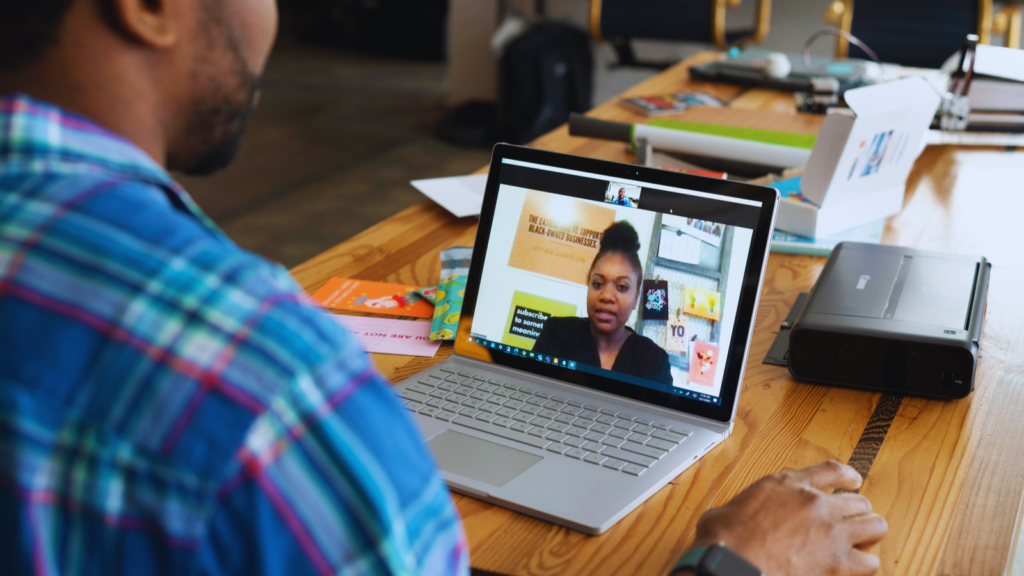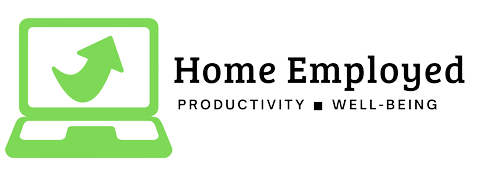
Working from home can be a great way to increase productivity and flexibility, but it can also lead to longer hours and burnout. It can be challenging to maintain a healthy work-life balance and to find ways to work less and do more. In this article, we will explore some strategies for working from home experts to work less and do more.
To work less and do more while working from home rest on your ability to set clear boundaries, prioritizing, planning, your use of technology effective break taking, and use of automation.
Set Clear Boundaries
One of the biggest challenges of working from home is maintaining a work-life balance. When your home is also your office, it can be difficult to separate the two and to switch off from work when the day is done. To combat this, it is important to set clear boundaries between work and home life. This can include dedicating a specific room or area of your home as your office, and having set working hours that you stick to. By setting clear boundaries, you can ensure that you are able to fully relax and enjoy your personal time.
Prioritize and Plan
Effective time management is key to working less and doing more. Prioritizing and planning your tasks can help you to focus on the most important tasks and to avoid wasting time on less important tasks. A good way to prioritize your tasks is to use the Eisenhower Matrix, which helps you to categorize tasks based on their level of importance and urgency. This can help you to focus on the tasks that are most important and to avoid wasting time on less important tasks.
It’s crucial that as you prioritize and plan that you are effective in communicating yourself to others. Especially in emails, because if there is uncertainty in a email communication you may add yourself 3-4 emails or even worse, add useless tasks by not understanding or indicating to others what was truly desired. So here are 6 ideas to make email communication more effective.
Use Technology to Your Advantage
Technology can be a great tool to help you work less and do more. There are a variety of tools and apps available that can help you to stay organized, collaborate with others, and automate repetitive tasks. Some of the most popular tools include:
- Asana: A project management tool that can help you to stay organized and collaborate with others.
- Hootsuite: A social media management tool that can help you to schedule and manage your social media accounts.
- IFTTT: A tool that can help you to automate repetitive tasks.
- RescueTime: A tool that can help you to track your time and to identify areas where you are wasting time.
Take Breaks
Taking regular breaks can help to increase productivity and to avoid burnout. Research has shown that taking short breaks can help to improve focus and to increase productivity. Taking a short walk, stretching, or doing a quick meditation can be a great way to refresh your mind and to get back to work with renewed energy.
Delegate and Outsource
As a working from home expert, it can be tempting to try to do everything yourself. However, delegating and outsourcing tasks can help you to work less and do more. By delegating tasks to others, you can free up your time to focus on the most important tasks. Additionally, outsourcing tasks to others can help you to save time and money in the long run.
By delegating tasks to others, you can free up your time to focus on the most important tasks. Additionally, outsourcing tasks to others can help you to save time and money in the long run.
One effective strategy is to outsource repetitive and time-consuming tasks, such as data entry, research, or social media management, to a virtual assistant. This can help you to save time and to focus on the more important tasks that require your expertise.
Another strategy is to delegate tasks to team members or colleagues. By delegating tasks, you can ensure that the work is done quickly and efficiently. Additionally, delegating tasks can help to develop your team members and to build stronger relationships with them.

Use Automation
Automation is another powerful tool that can help you to work less and do more. By automating repetitive tasks, you can save time and energy. There are many tools and apps available that can help you to automate tasks such as social media management, email marketing, and customer relationship management.
One example of automation is using a scheduling tool to post on social media platforms. This will save you time and energy by allowing you to schedule all your posts in advance and post them at the optimal time.
Another example of automation is using a CRM software to automate sales and customer management tasks, such as email follow-ups, appointment scheduling, and lead tracking.
Stay organized
Staying organized is essential to working less and doing more. When you’re organized, you’ll be able to find what you need quickly, work more efficiently, and avoid wasting time on tasks that don’t matter.
One effective strategy is to use a task management WFH tool, such as Asana or Trello, to keep track of your tasks and to prioritize them. Additionally, using a calendar to schedule your tasks and appointments can help you to stay organized and to make the most of your time.
Another strategy is to use a note-taking app, such as Evernote or OneNote, to keep track of your ideas and notes. This can help you to stay organized and to find the information you need quickly.
Conclusion
Working from home can be a great way to increase productivity and flexibility, but it can also lead to longer hours and burnout. By setting clear boundaries, prioritizing and planning tasks, using technology to your advantage, taking regular breaks, and delegating and outsourcing tasks, you can work less and do more. Remember that it takes time to establish the right balance and schedule, but with a little effort, you can find a way to be productive and satisfied with your work while maintaining a healthy work-life balance.















